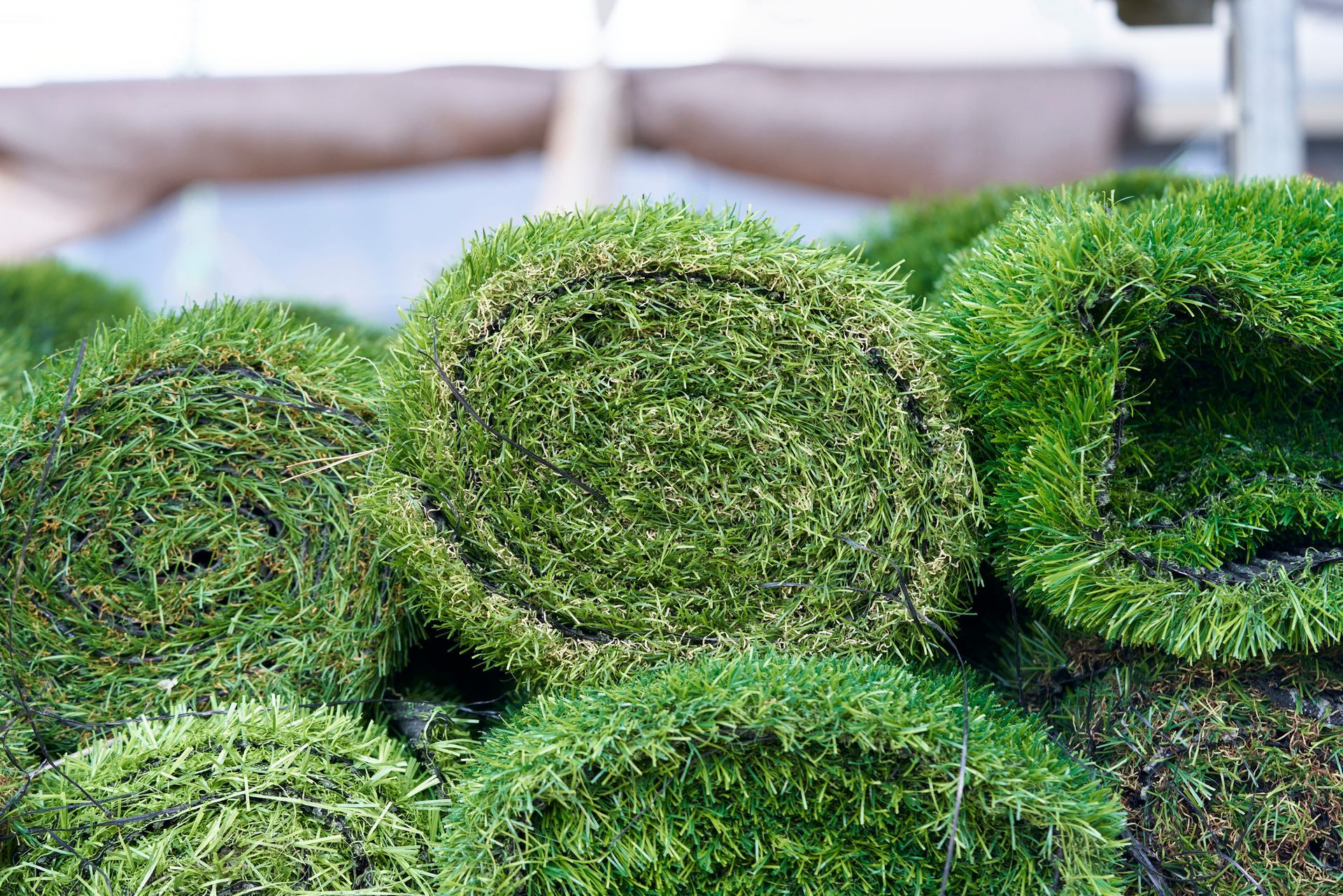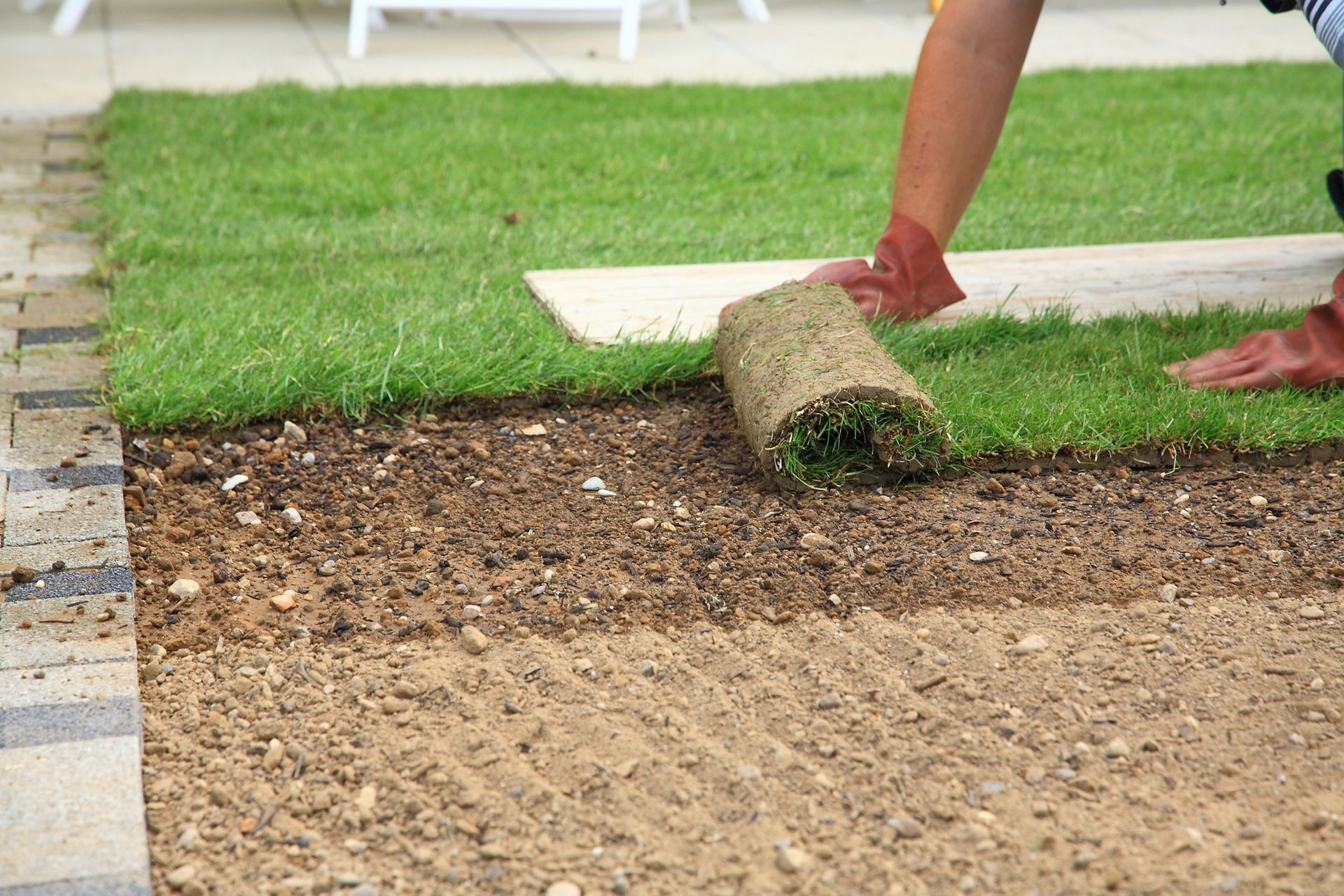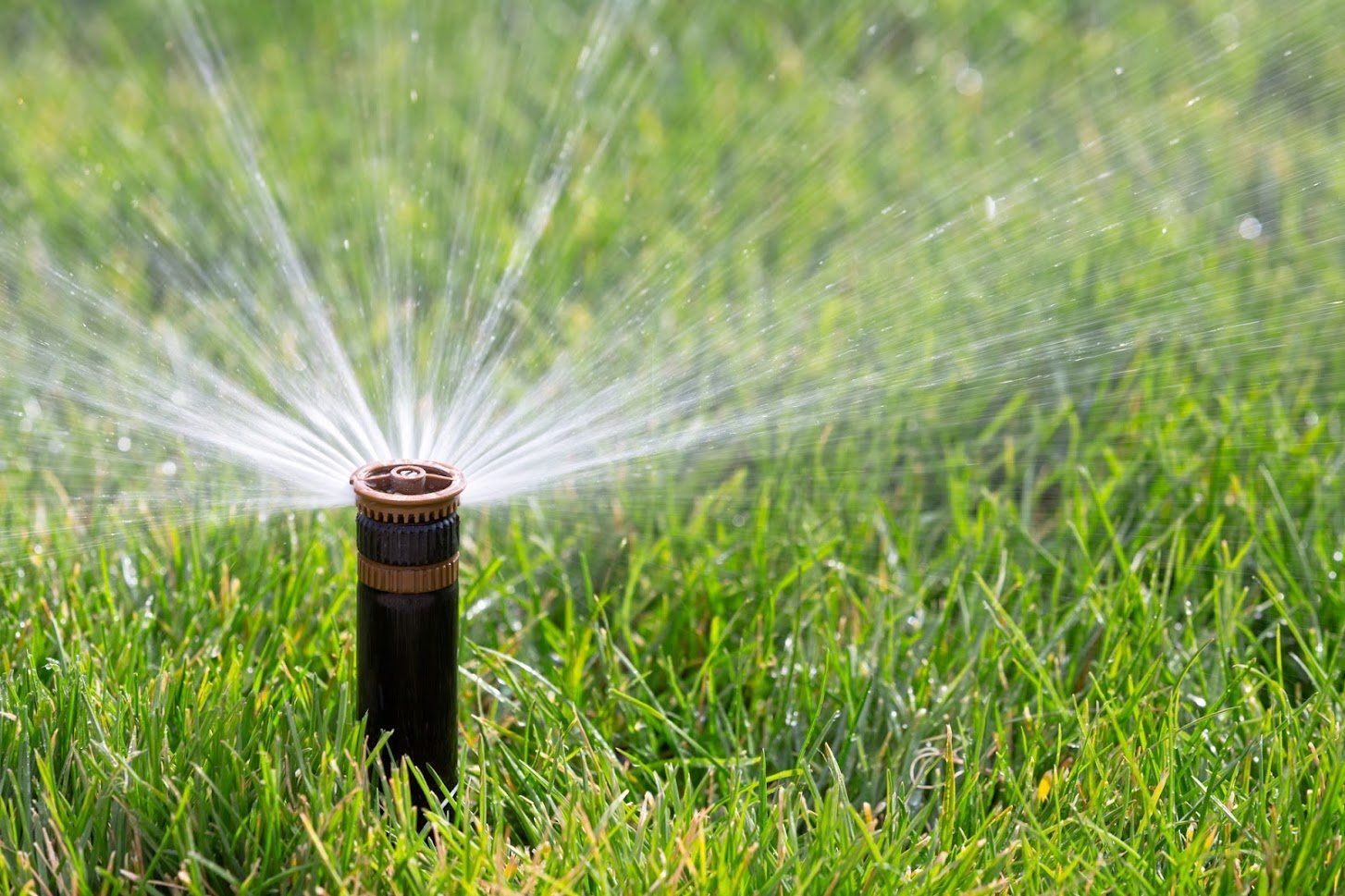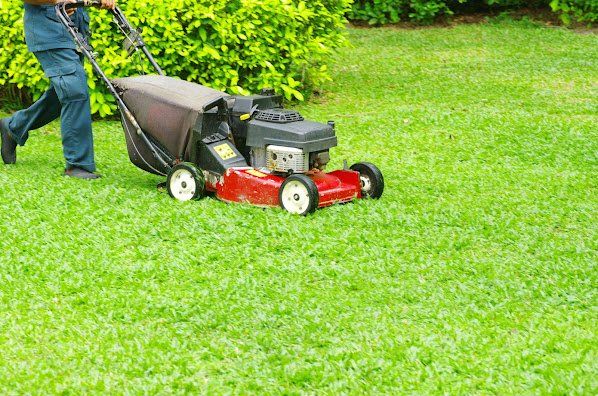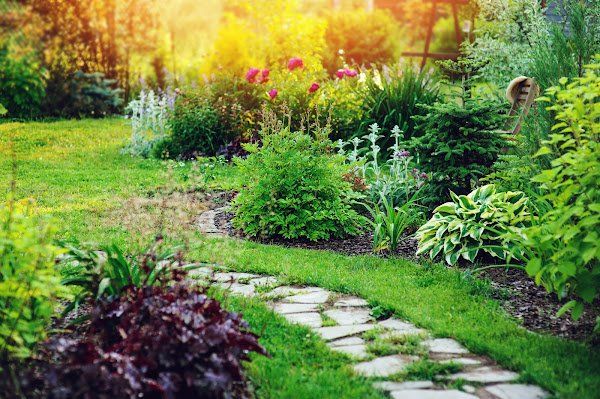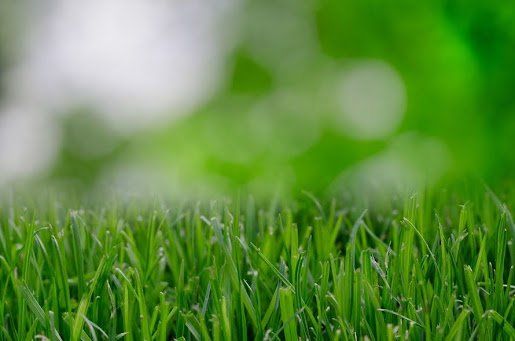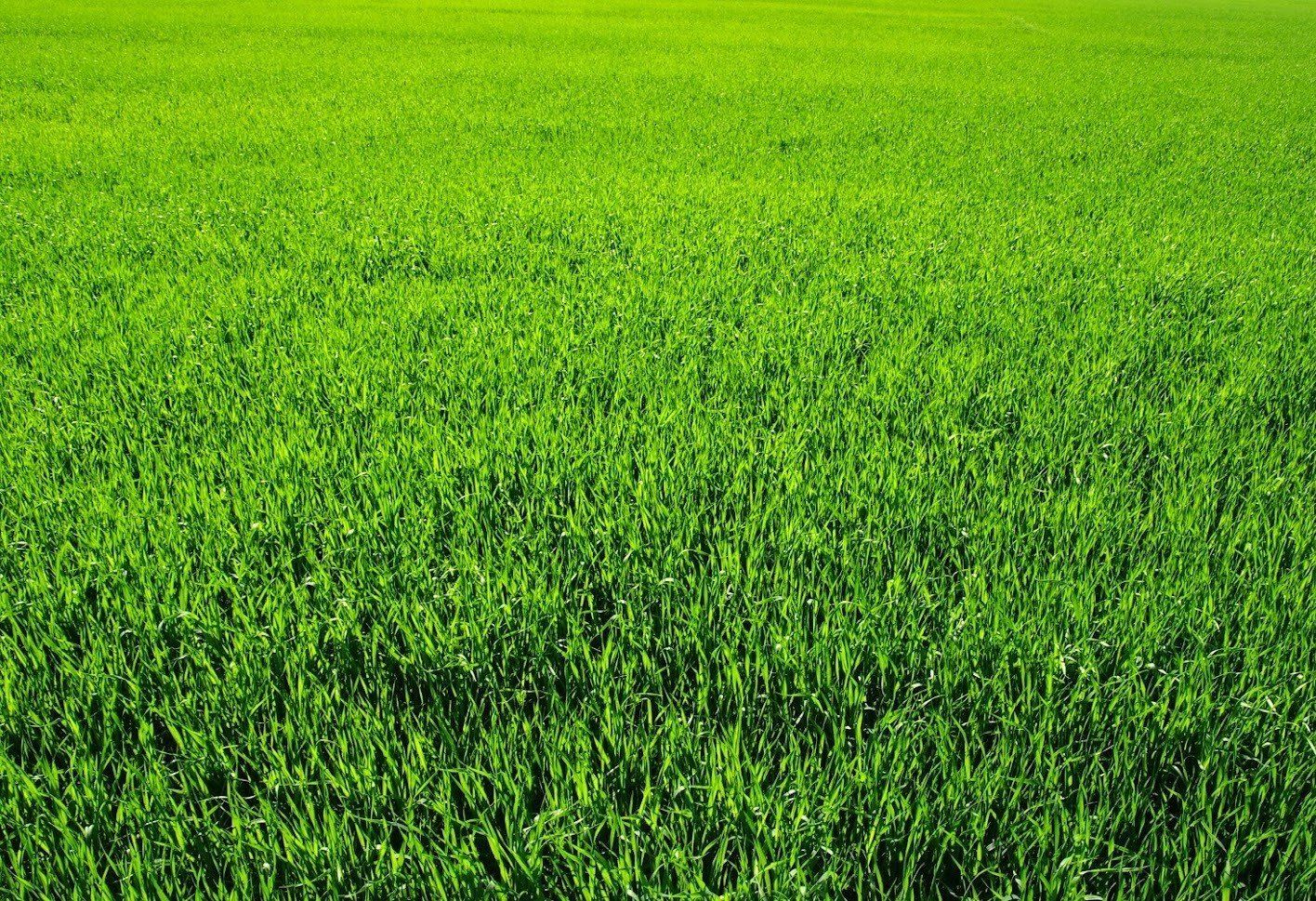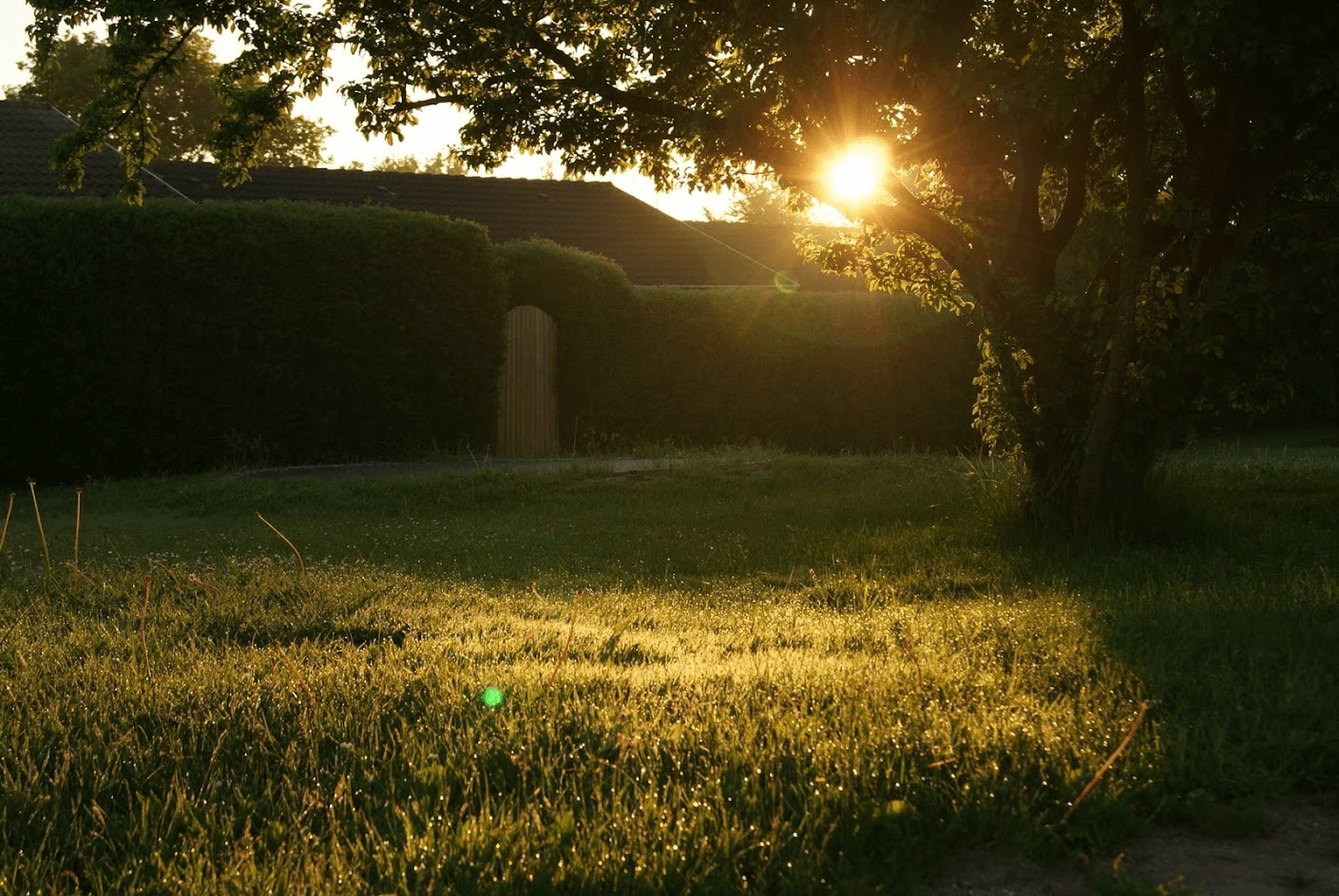How to Remedy 3 Common Lawn Problems
Admin • April 17, 2020

As spring begins, and summer fast approaches, many of us will start to repair and improve our lawns and yards. Here are some common problems you may encounter in your endeavors and tips to remedy them.
1. Dog Urine
Most people have and enjoy pets. Dogs become our family, but they can also be hard on lawns. Dog urine damage usually looks like patches of dried out grass and may have dark green edges.
To remedy this, you will first need to keep the dog off the affected area. This can be done if you watch the dog and guide it to a better place to go, or you can fence the area off. Vary the location of where the dog relieves itself so that it is not always in the same place.
Water the dried grass thoroughly and often. Even though the grass may be dead, the grass that surrounds it tends to take over and fill in the dead patches.
If these steps do not fix your issue, then you may want to sprinkle some new grass seedlings onto the area or have new sod planted.
2. Mushrooms
Mushrooms are very prominent in places with high humidity and damp weather. Mushrooms survive off things like dead roots, fallen leaves, or forgotten construction wood. While they are not detrimental to the grass life and production, there are some poisonous species that are toxic if ingested.
Because mushrooms love wet environments and grow from dead plant or tree matter, there is no way to get rid of them permanently. Simply pull them from the ground to limit the spread.
If you notice mushrooms and have little ones or pets, keep an eye to make sure they don't eat any. Educate children about mushrooms and why they should not eat anything that they are not familiar with.
New lawns and sod commonly grow mushrooms because they require frequent watering. The mushrooms will typically go away once you start water the lawn less.
3. Sod Dry-Out
Sod is a great option when a dead yard needs improvement or if seedlings you planted did not take. Many problems can occur when you try to plant new sod, the most common being dry-out before the sod has a chance to grow roots.
To combat this, make sure you properly prepare your yard. Loosen the soil prior to sod insertion. If the soil is very rocky or hard you may need to add extra organic material. An added fertilizer will also aid in the establishment of roots.
Once you roll the new sod out onto the dirt, use a roller or other tool to ensure firm contact with the soil and the new sod.
After this, water is one of the most important steps to deter dry-out. Give the new sod plenty of water and wet through the soil underneath. Water the sod twice daily for about 20 minutes (more in hotter climates or times of the year). If you use a sprinkler and it does not reach the entirety of the sod, hand water the missed sections or be mindful to move the sprinkler around.
After two to three weeks, the new sod should begin to grow roots. You can check for root growth if you gently lift a side or corner of the sod. If the sod comes up very easily with no resistance, then it has most likely not begun to establish and the sod still has the potential to dry out.
Follow these tips to help your grass thrive. If you have any questions about sod or would like a quote, please contact us.

